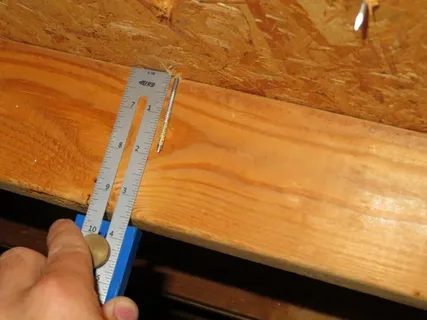In our homes, protection from natural elements is paramount. One such element is wind, which can cause significant damage if not properly mitigated. This article explores the importance of wind mitigation inspections and how they safeguard your property.
Understanding Wind Mitigation Inspections
What Are Wind Mitigation Inspections?
Wind mitigation inspections services are comprehensive evaluations of a property’s ability to withstand wind damage. Conducted by certified inspectors, these assessments aim to identify vulnerabilities and recommend measures to fortify the structure.
Key Components of Wind Mitigation Inspections
Roof Condition
The condition of the roof is crucial in wind mitigation inspections. Inspectors assess factors such as roof age, materials used, and the presence of reinforcements like hurricane straps or clips.
Exterior Openings
Windows, doors, and garage doors are inspected to ensure they are adequately reinforced against wind pressure. Measures such as impact-resistant glass and sturdy frames can enhance protection.
Building Envelope
The integrity of the building envelope, including walls, roofs, and foundation, is evaluated. Any weaknesses in these areas can compromise the structure’s ability to withstand wind forces.
Benefits of Wind Mitigation Inspections
Reduced Insurance Premiums
Properties with favorable wind mitigation features often qualify for insurance discounts. By investing in mitigation measures, homeowners can lower their insurance premiums while enhancing protection.
Enhanced Property Resilience
Wind mitigation inspections help identify areas for improvement, allowing homeowners to proactively strengthen their properties. This resilience can minimize damage during severe weather events, preserving both property value and safety.
Peace of Mind
Knowing that your home is fortified against wind damage provides peace of mind. With mitigation measures in place, homeowners can face adverse weather conditions with confidence, knowing their property is well-prepared.
Integrating Wind Mitigation Measures
Implementing Recommendations
Following the inspection, homeowners receive detailed recommendations for improving wind resistance. These may include retrofitting measures, such as installing hurricane straps or reinforcing garage doors.
Working with Professionals
Certified inspectors and contractors play a crucial role in implementing wind mitigation measures. Homeowners should collaborate with experienced professionals to ensure proper installation and compliance with building codes.
Conclusion
Wind mitigation inspections offer valuable insights into a property’s vulnerability to wind damage. By identifying weaknesses and implementing recommended measures, homeowners can enhance their property’s resilience, reduce insurance premiums, and enjoy greater peace of mind.
FAQs
1. How often should wind mitigation inspections be conducted?
Wind mitigation inspections are typically recommended every few years or after significant renovations to ensure ongoing protection.
2. Are wind mitigation measures costly?
While some mitigation measures may require upfront investment, the long-term benefits, including insurance discounts and property resilience, outweigh the costs.
3. Can I perform a wind mitigation inspection myself?
Wind mitigation inspections should be conducted by certified professionals with expertise in evaluating structural integrity and recommending mitigation measures.
4. Will wind mitigation measures impact the appearance of my home?
Many wind mitigation measures, such as reinforced windows and doors, are designed to blend seamlessly with existing architectural features, minimizing visual impact.
5. Is wind mitigation only necessary for properties in hurricane-prone areas?
While properties in hurricane-prone regions may benefit greatly from wind mitigation measures, all homeowners can benefit from enhancing their property’s resilience against wind damage.


